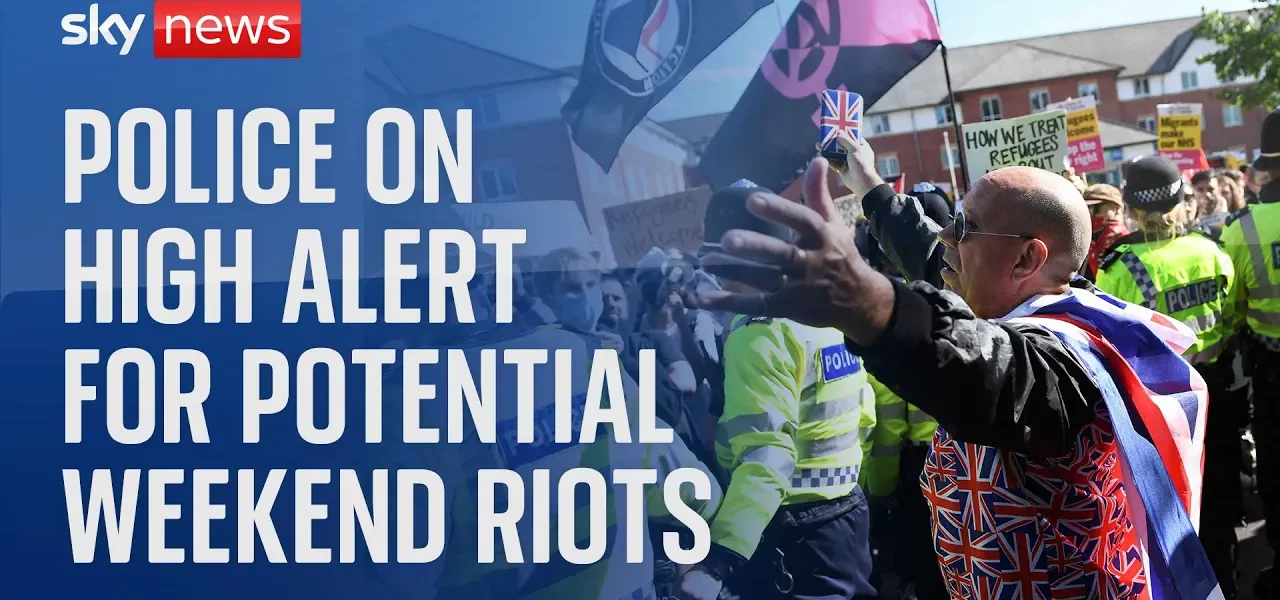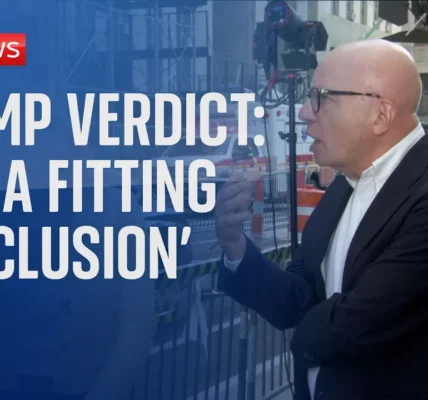Protests and Community Responses in Belfast and Beyond

This article explores the recent protests in Belfast, the counter-protests that followed, the impact on local communities, and the measures taken by authorities to maintain peace. The situation has sparked discussions on social media and highlighted the solidarity among various faith groups during these turbulent times.
Introduction
The city of Belfast has recently witnessed a surge in protests, primarily involving far-right groups. These demonstrations have drawn significant attention as they have been characterized by a stark contrast in numbers, with counter-protesters outnumbering them five to one. The situation has escalated over six consecutive evenings, leading to some of the most intense violence the city has seen in recent years. This article delves into the events, community responses, and the police’s role in managing this unrest.
The Protest Landscape in Belfast
On the streets of Belfast, the far-right protesters have become a point of contention, leading to heightened tensions within the community. The following sub-sections detail the dynamics of these protests:
Protester Numbers and Counter-Protests
The far-right protesters numbered around 100, but their presence was vastly overshadowed by an estimated 500 counter-protesters. This numerical disparity highlights the community’s resilience and opposition to hate-driven narratives.
Police Involvement and Community Safety
Given the rising violence, police presence has been crucial. Authorities have been proactive in separating the two groups to prevent clashes, emphasizing the need for safety in the community.
Community Reactions and Support
Amid the protests, local communities have shown remarkable solidarity, particularly in response to threats against mosques and places of worship. This section explores how different faith groups have come together:
Solidarity Among Faith Communities
Communities from various faiths have united to support one another, as seen during the Friday call to prayer. The small mosque in Whopping saw worshippers packing in, with extra prayer mats laid out for those who could not enter. This gathering was not just a religious observance but a statement against intolerance.
Addressing Concerns About Safety
In light of online chatter regarding potential threats to mosques in East London, authorities urged vigilance. While some social media claims were deemed as scare tactics, the community remains alert.
Government and Law Enforcement Responses
As tensions simmer, government officials and law enforcement agencies have taken steps to ensure public safety and maintain order. Key points include:
Increased Police Presence
The Prime Minister has emphasized the importance of police readiness as this weekend marks one of the most significant policing efforts in 13 years. The beginning of the football season adds a layer of complexity to the situation, although current intelligence does not indicate a direct link to potential football-related violence.
Legal Actions Against Incitement
Recent arrests total around 600, with notable cases including:
- Stacy Vin, sentenced to 20 months for pushing a burning wheelie bin into a police line.
- Jordan Parlor, the first individual jailed for inciting violence through social media, received a similar sentence for a provocative Facebook post.
Outcomes and Future Considerations
The situation in Belfast and the surrounding areas raises significant questions about community relations and the potential for future unrest. Observations include:
Declining Participation in Far-Right Protests
In places like Gatwick, anti-migrant protests have dwindled, with a strong police presence ensuring that counter-protesters vastly outnumber those promoting hate. This shift may indicate a broader rejection of extremist views within communities.
The Role of Community Activism
Activists are encouraged to engage in constructive dialogue, aiming to educate others about the true values of Islam and counter the narratives that promote violence.
Conclusion
In conclusion, the recent protests in Belfast and the supportive actions of local communities reflect a complex interplay of social dynamics, law enforcement strategies, and public sentiment against hate. As the situation evolves, it is crucial for individuals to remain vigilant and for communities to continue fostering unity. We encourage readers to engage in conversations surrounding tolerance and support initiatives that promote peace within their neighborhoods.
For further insights on community activism and responses to extremism, explore our related articles on community solidarity and the impact of social media on public safety.
“`




